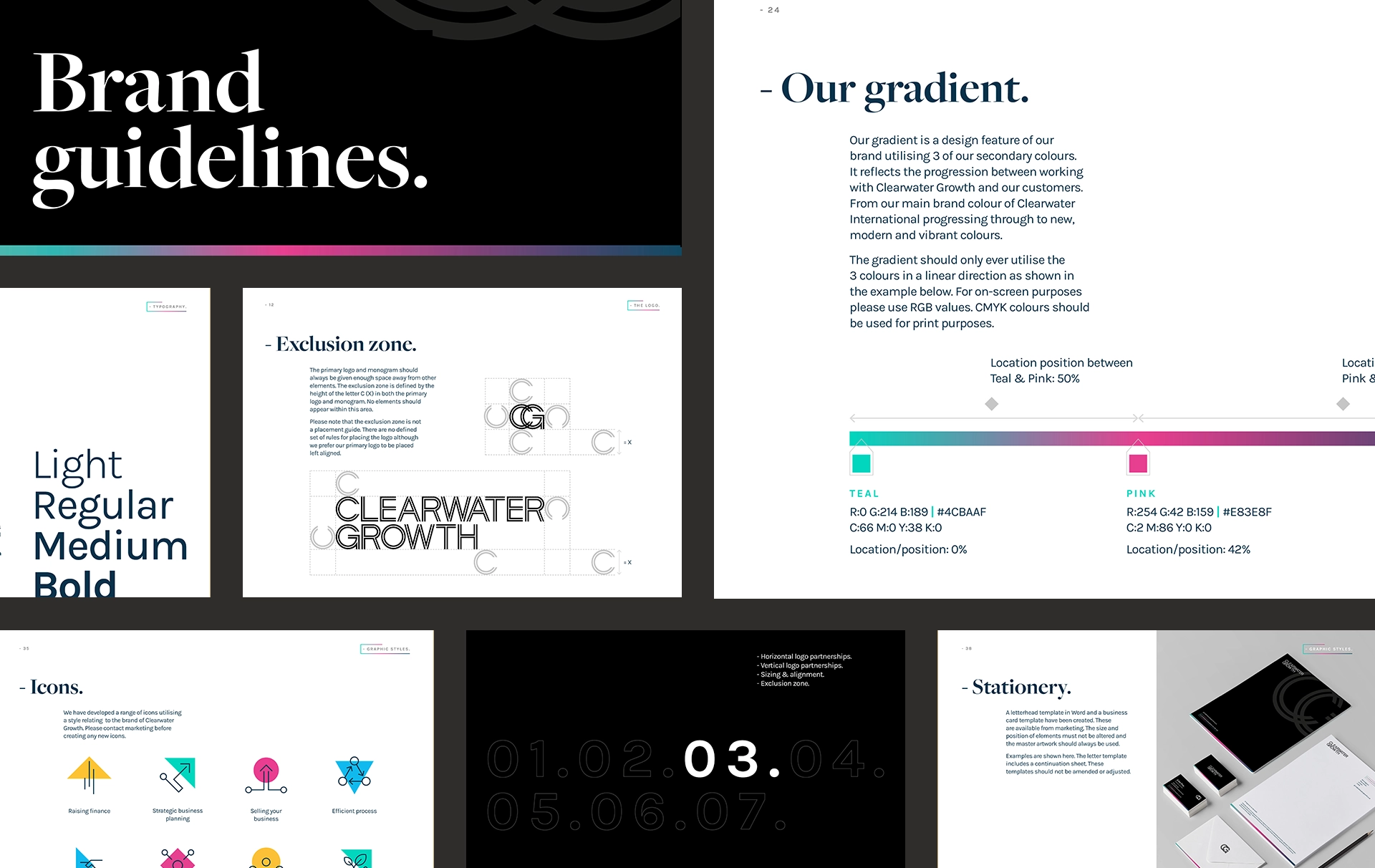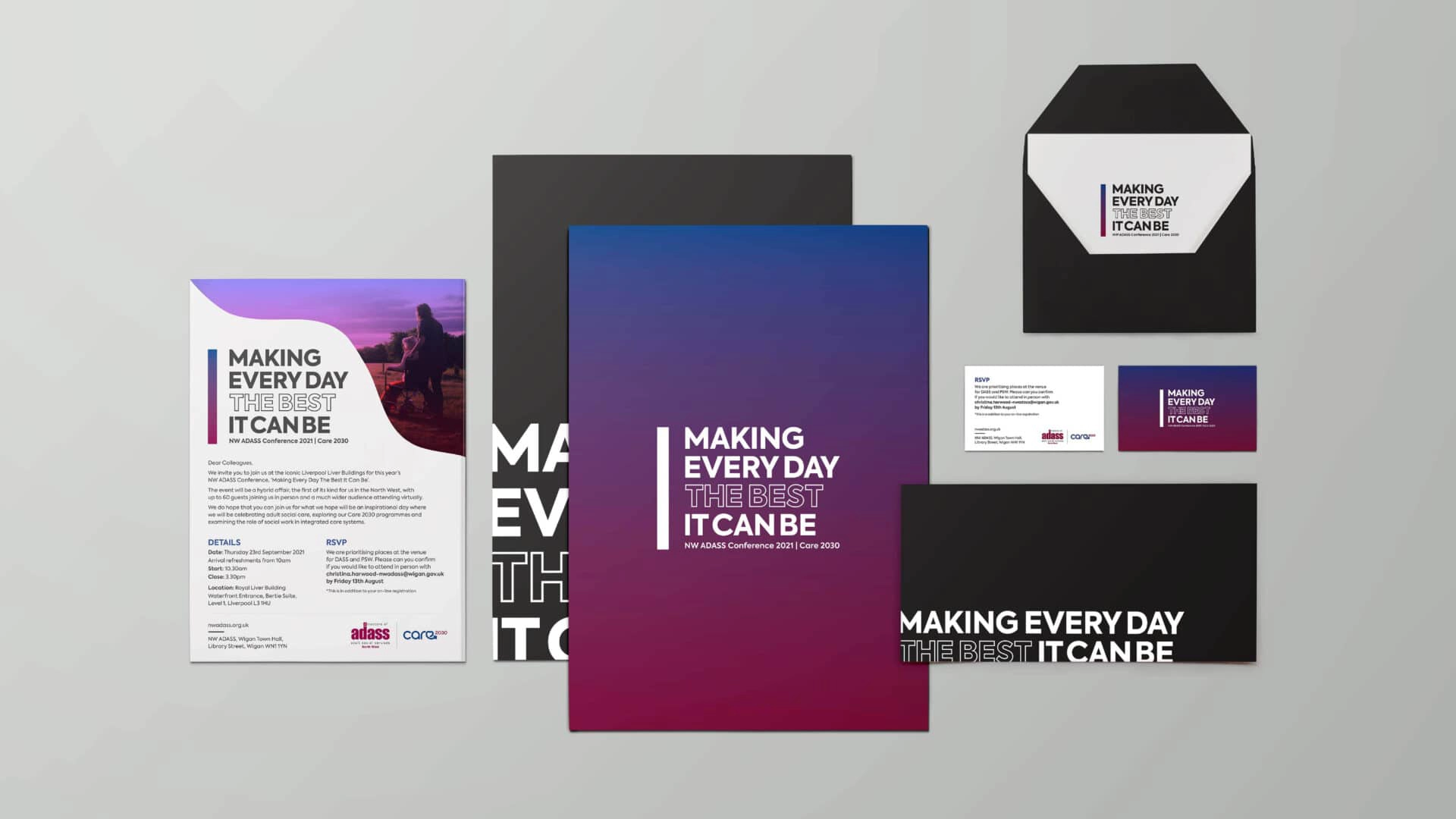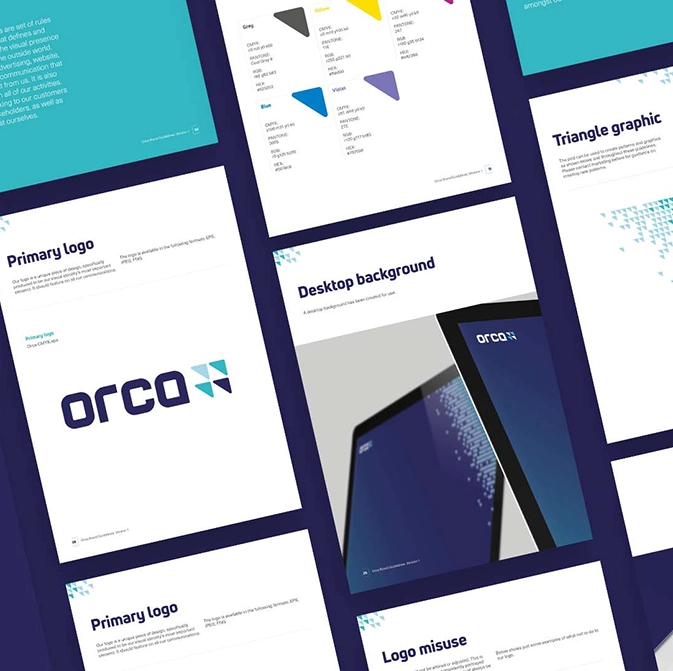How to create or update your brand identity
If you want to create a brand that stands the test of time, the process of developing your identity should be a thorough one. Without wanting to be dramatic, you are bringing something important to life. So naturally, it will start with some fairly existential questions.
Who are you, and why do you exist?
Well, we did warn you. But you can’t communicate who you are until you’ve nailed it down yourself. The discovery phase involves really getting under the hood of your business to define its values, objectives and aspirations. What is the purpose of your company beyond making money? Do you have guiding principles that will help you achieve it? What makes you different?
It takes a strong examination of these fundamental questions to create a foundation for the next steps of brand development.
Do your research
Do you have a clear idea of who your ideal customer is? Perhaps there are several profiles that are a good fit for your business. Or maybe you’re focussed on a particular niche. Audience research will help you answer basic demographic questions such as age range, profession and location. But more than that, it can also look at their motivations, fears, needs and barriers to action. The deeper you go, the better you will be able to serve them.
Equally important is looking at how your competitors are meeting those needs. What are their strengths and weaknesses? Is there an opportunity to fill a gap that they are not addressing? Are there areas that you need to address in your own business to compete more effectively?
Develop the brand proposition
Your brand proposition is the cornerstone to your brand strategy. You can also call it a value proposition, brand statement or brand promise.
Brand proposition is the clarion call we talked about earlier, defining what you stand for, what problems you solve and the benefits that make you unique. It’s also the first step towards forging the emotional connection which is essential for driving brand loyalty.
This is why the first two stages of brand identity development are so important. Here you integrate those lessons into a snappy, compelling and simple summary that marries your purpose with what your customers need.
Just like every part of your brand design, it needs to stick to the five principles. It should be unique, memorable, consistent, inspiring and applicable to every part of the business.
The reason you need to get your value proposition right is simple: it is the north star that guides everything that comes next.
Define your brand essence
If the value proposition is your brand identity’s north star, then the brand essence is its soul. You have found its essence if you could summarise your brand’s timeless value in a three-word sentence.
That is not the same as a tagline or slogan, which are marketing devices with one audience in mind. Your brand essence sums up your brand’s universal promise. It is as much a goal for your employees as a reason why people might buy from you or invest in you.






